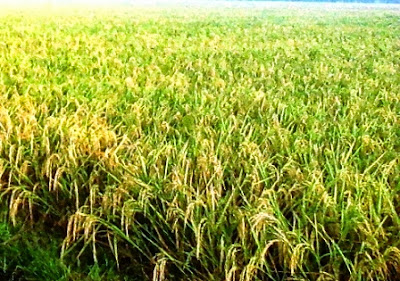Sapodilla (Manilkara zapota)

Sapodilla (Manilkara zapota) is a very popular fruit in Southeast Asia. This region is a major producer and consumer of this fruit. Sapodilla preferred mainly because it tastes sweet and soft flesh. This plant is thought to originate from tropical America-such as Guatemala, Mexico, and the West Indies-and in Java, this plant can be found in the lowlands. The Spanish colonizers brought from Mexico to the Philippines, and the possibility of it spreading to Southeast Asia. Sapodilla has now grown in many tropical regions of the world. Brown manila germplasm collections are in Los Banos (Philippines), Queensland (Australia), India, Cuba, Brazil, Costa Rica, Florida and Hawaii (USA) and several other countries. Sapodilla Most sapodilla fruit eaten fresh as a table fruit. However, sapodilla can also be processed into sherbet, mixed into ice cream, or used as jam. Sapodilla fruit juice can be concentrated into syrup, or fermented into wine or vinegar. The sap can be used as glu...


.jpg)






